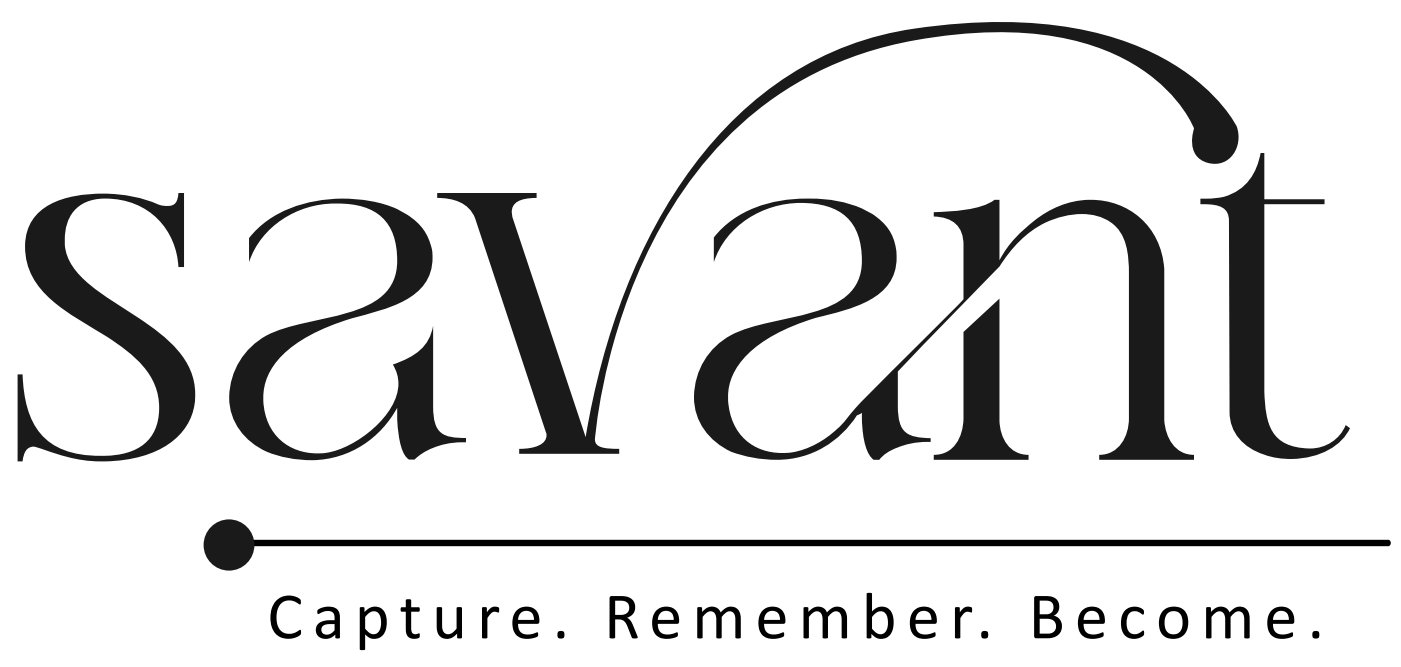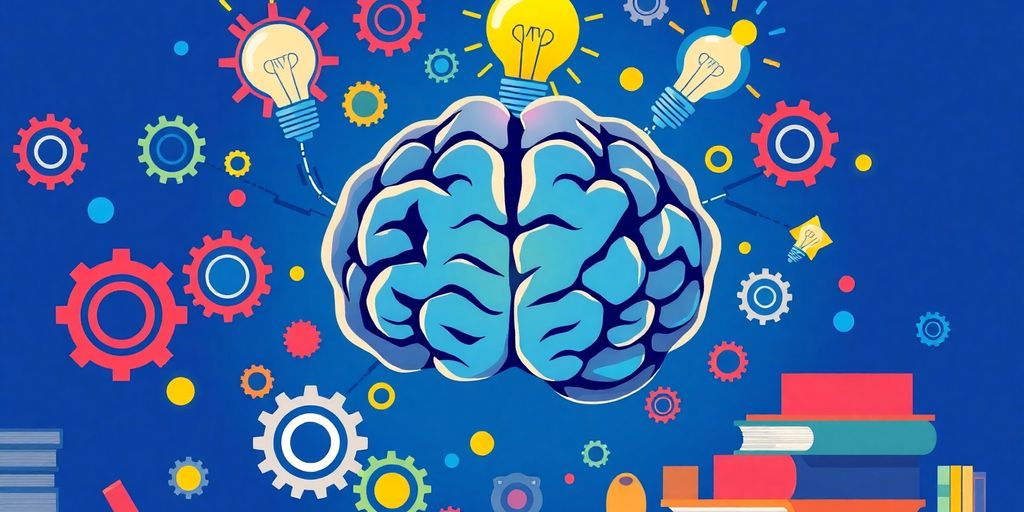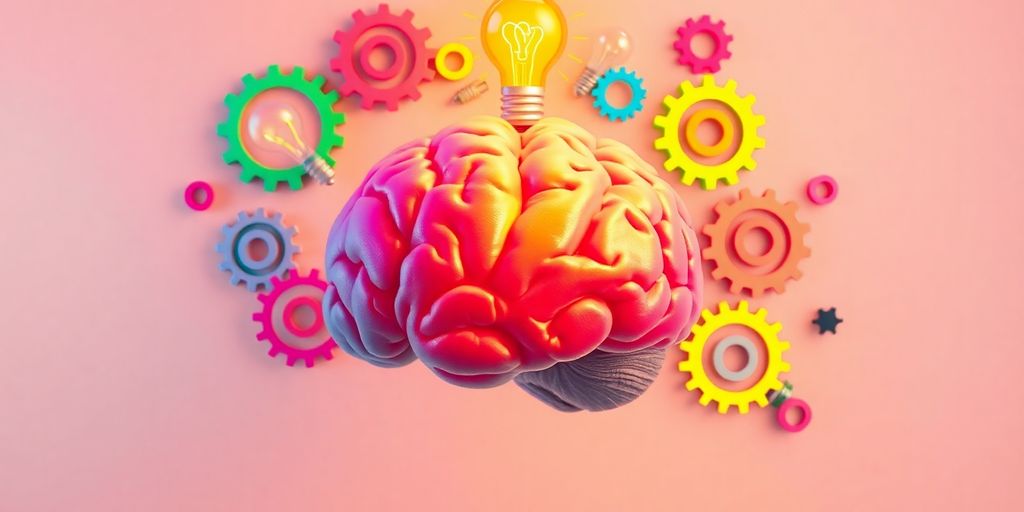Ever felt like you’re stuck in a loop trying to learn something new? You’re not alone. Many of us crave the ability to grasp concepts quickly and effectively. The good news? It’s possible. By understanding some key techniques and strategies, you can speed up your learning process. This article dives into different ways you can learn faster and better, making the journey of mastering new skills a bit less daunting and a lot more fun.
Key Takeaways
- Curiosity is the spark that lights the fire for faster learning.
- Building a solid base of knowledge helps in understanding complex ideas more easily.
- Mistakes aren’t failures; they’re stepping stones to learning.
- Using visualization techniques can improve memory and comprehension.
- Active engagement in learning leads to deeper understanding.
Unlocking the Secrets of Rapid Learning
The Power of Curiosity
Curiosity is like the engine that drives learning. When you’re curious, learning doesn’t feel like a chore. It’s exciting. You start asking questions and chasing down answers. This natural interest makes you dig deeper into topics and understand them better. Curiosity transforms learning from a task into an adventure.
Building a Strong Foundation
Before you can run, you need to learn to walk. The same goes for learning. Start with the basics. Having a strong foundation means you can build on it later. Think of it like building a house. If the base is solid, the rest can stand tall. A good foundation helps you connect new ideas with what you already know, making learning faster and more effective.
Embracing Mistakes as Learning Opportunities
Mistakes aren’t failures; they’re stepping stones. Every time you mess up, you learn something new. It’s like a feedback loop. You try, you fail, you learn, and you try again. Embracing mistakes means you’re not afraid to take risks. You become more resilient and open to new challenges. Remember, every mistake is a chance to learn and grow.
Learning quickly isn’t about speed; it’s about understanding deeply. It’s about being curious, building on what you know, and learning from every mistake. When you master these, you’re not just learning faster; you’re learning smarter.
The Feynman Technique: Simplifying Complexity
The Feynman Technique is a powerful method to learn things quickly and thoroughly. Developed by Richard Feynman, a Nobel Prize-winning physicist, this technique is all about breaking down complex ideas into simple, understandable parts. It’s like turning a giant puzzle into small, manageable pieces.
Breaking Down Concepts
The first step is to pick a concept you want to understand. Write down everything you know about it on a blank sheet of paper. This is your starting point. Imagine you’re explaining it to a child. If you can’t do that, it means you need to dig deeper.
Teaching to Understand
Teaching is a great way to learn. When you teach, you find out what you really know. Try explaining your concept to someone else, or even just to yourself in the mirror. Use simple words. If you get stuck, it shows where you need more work.
Reviewing and Refining Knowledge
After teaching, look at your notes again. Did you miss anything? Are there parts that are still fuzzy? Go back, review, and simplify until everything is crystal clear. This step is all about polishing your understanding.
The beauty of the Feynman Technique is that it forces you to confront what you don’t know. It’s not just about memorizing facts; it’s about truly understanding them.
This technique is not just for physics or complex subjects. You can use it for anything, from cooking recipes to financial concepts. By explaining things simply, you not only understand them better, but you also remember them longer.
Harnessing the Power of Visualization
Creating Mental Maps
Ever tried to cram for a test and felt like nothing stuck? Creating mental maps might just be your secret weapon. When we visualize information, we’re not just seeing it—we’re building a whole landscape in our mind. Imagine you’re studying history. Instead of just reading dates and events, picture them as a timeline in your mind. You can even add little symbols or colors to represent different events. This way, you’re not just memorizing; you’re understanding how everything connects.
Using Color to Enhance Memory
Colors aren’t just for making things look pretty. They can actually help you remember better. Think about it—how often do you remember a red stop sign? That’s because colors grab our attention and make things stick. When you’re taking notes, try using different colors for different topics. Maybe blue for definitions and green for examples. This simple trick can make your notes more memorable and easier to review later.
Visual Storytelling for Better Retention
Storytelling isn’t just for bedtime. It’s a powerful way to learn. When you turn information into a story, it becomes more relatable and easier to remember. Let’s say you’re learning about the water cycle. Instead of just listing the stages, imagine you’re a water droplet on an adventure from the ocean to the clouds and back. This narrative not only makes learning fun but also helps you remember the process in a logical sequence.
Visualization is like a mental sketchpad. By drawing out concepts in your mind, you create a vivid picture that sticks with you long after the details have faded.
Incorporating visualization into your learning routine can transform how you absorb and retain information. It’s not about making things complicated—it’s about making them memorable.
Active Engagement: The Key to Faster Understanding
Active engagement in learning isn’t just a buzzword—it’s a game-changer. When you actively engage with material, you’re not just passively soaking up information. Instead, you’re diving in, asking questions, and making connections. This approach can speed up your understanding and retention of new concepts. Let’s explore some ways to boost your learning through active engagement.
Interactive Learning Methods
Interactive learning is all about participation. Think about group discussions, role-playing, or problem-solving sessions. These methods make learning more dynamic and fun. By actively participating, you reinforce your understanding and make learning a shared experience.
- Group Discussions: Sharing ideas with peers can introduce you to different perspectives.
- Role-Playing: Step into someone else’s shoes to better understand their viewpoint.
- Problem-Solving Sessions: Tackle real-world problems to apply what you’ve learned.
The Role of Discussion in Learning
Discussion is a powerful tool in the learning process. It allows you to articulate your thoughts and hear others’ viewpoints. This exchange can clarify your understanding and highlight areas that need more exploration. Plus, discussing concepts with an active and supportive teacher can make a huge difference in maintaining your engagement.
Hands-On Practice for Deeper Insight
There’s nothing quite like getting your hands dirty to truly understand a concept. Whether it’s conducting experiments in a lab or building a project from scratch, hands-on practice cements your learning. It turns abstract ideas into tangible experiences, making them easier to grasp and remember.
Learning actively is like building with Lego blocks. Each piece you add strengthens the structure of your knowledge. The more you engage, the sturdier your understanding becomes.
By embracing these active engagement strategies, you can transform your learning process from a passive activity into an exciting journey of discovery. So, get involved, ask questions, and most importantly, have fun with it!
The Role of Reflection in Learning
Journaling Your Learning Journey
Keeping a journal isn’t just about scribbling down thoughts—it’s a way to track your learning progress. By writing regularly, you can see how your understanding evolves over time. It’s like having a conversation with yourself, where you get to explore what you know and what you need to work on. Plus, it helps you spot patterns in how you learn best. So grab a notebook, and start jotting down your thoughts. You might be surprised at how much you learn about yourself.
Self-Assessment Techniques
Checking in with yourself is key to knowing where you stand. Self-assessment helps you figure out what you’ve nailed and what needs more work. Try out different techniques like quizzes or even talking to yourself about what you’ve learned. It’s like holding up a mirror to your brain to see what’s sticking and what’s slipping away. This way, you can adjust your learning strategies to better suit your needs.
Continuous Improvement Through Reflection
Reflection isn’t just a one-time deal; it’s an ongoing process. By regularly thinking about what you’ve learned, you can keep improving. Ask yourself questions like, "What did I learn today?" or "How can I apply this knowledge?" This kind of thinking helps you integrate new experiences into your mental frameworks, enhancing creativity and learning. Remember, learning is a journey, not a destination, so keep reflecting and growing.
Learning is a journey, not a destination. Keep reflecting and growing, and you’ll find that your ability to understand and retain information improves over time. Embrace the process and enjoy the ride.
Creating a Personalized Learning Environment
Creating a learning space that caters to your unique style can make all the difference. Let’s dive into how you can craft an environment that boosts your learning.
Designing Your Ideal Study Space
Your study space should be a reflection of your personality and learning habits. Think of it as your learning sanctuary. Start by choosing a spot that feels comfortable and is free from distractions. Here are a few tips to consider:
- Lighting: Natural light can boost your mood and focus. If that’s not an option, go for warm, soft lighting.
- Furniture: Select a chair and desk that support good posture. Comfort is key but avoid anything too cozy that might lead to naps!
- Decor: Personalize your space with items that inspire you, like quotes, photos, or plants.
Incorporating Technology Wisely
Technology can be a double-edged sword in learning. On one hand, it’s an incredible resource for information and tools. On the other, it’s a major source of distraction. Here’s how to use it effectively:
- Apps and Tools: Use apps that aid productivity, like planners or personalized learning platforms that adapt to your pace and style.
- Limit Distractions: Keep your phone on silent or use apps that block distracting sites during study sessions.
- Digital Organization: Keep your digital files organized just like your physical space. It saves time and reduces stress.
Balancing Focus and Relaxation
An effective learning environment is one where you can focus intensely but also relax when needed. Here’s how to strike that balance:
- Breaks: Use techniques like the Pomodoro Technique to schedule regular breaks. It keeps your mind fresh and focused.
- Mindfulness: Incorporate short mindfulness exercises to clear your mind and reduce stress.
- Ambiance: Consider background music or white noise if it helps you concentrate, but keep it subtle.
Learning isn’t just about cramming information; it’s about creating a space where your mind can thrive. Make your learning environment a place where you feel motivated and at ease.
By personalizing your learning environment, you not only enhance your ability to learn but also make the process more enjoyable. Remember, it’s all about what works best for you!
The Science Behind Learning Faster

Understanding Cognitive Load
Ever tried to juggle too many things at once? That’s cognitive load in action. It’s all about how much information your brain can handle at one time. When you’re learning, keep it simple. Break down complex ideas into smaller, manageable bits. This way, your brain won’t feel overwhelmed. Think of it like eating a big meal – you wouldn’t shove it all in at once, right? Instead, you take one bite at a time.
The Impact of Sleep on Learning
Sleep isn’t just for dreaming. It’s when your brain does its best work. During sleep, your brain processes and stores all the new stuff you learned during the day. So, if you’re cramming for a test, don’t skip on sleep. A good night’s rest can help cement those facts and figures into your memory. It’s like hitting the save button on your computer.
Nutrition and Brain Function
What you eat can seriously affect how well you learn. Foods rich in omega-3 fatty acids, like fish, are great for your brain. They help improve memory and learning. Also, don’t forget to stay hydrated. Water keeps your brain sharp and ready to tackle new challenges. Think of your brain as a car engine – without the right fuel, it’s not going to run smoothly.
Learning faster isn’t just about working harder; it’s about working smarter. Keep your brain happy with enough rest, the right food, and by not overloading it with too much information at once.
Wrapping It Up
So, there you have it! Learning doesn’t have to be a grind. With a few tweaks to how you approach new topics, you can actually make it fun and way more effective. Remember, it’s all about breaking things down and keeping it simple. Whether you’re teaching a kid or just jotting down notes for yourself, the key is to make sure you really get it. And hey, don’t stress if it takes a bit of time. Everyone learns at their own pace, and that’s totally cool. Just keep at it, and soon enough, you’ll be picking up new skills faster than you ever thought possible. Happy learning!
Frequently Asked Questions
What is the Feynman Technique?
The Feynman Technique is a learning method that involves simplifying complex ideas by explaining them in simple terms, as if teaching a child. This helps deepen understanding and identify knowledge gaps.
How can visualization help in learning?
Visualization can aid learning by creating mental maps, using colors to enhance memory, and employing visual storytelling to improve retention and understanding of information.
Why is active engagement important in learning?
Active engagement is crucial because it involves interactive methods, discussions, and hands-on practice, which help deepen understanding and make learning more effective.
What role does reflection play in learning?
Reflection helps in learning by allowing individuals to journal their learning journey, assess themselves, and continuously improve through thoughtful consideration of what they’ve learned.
How can I create a personalized learning environment?
To create a personalized learning environment, design an ideal study space, wisely incorporate technology, and balance focus with relaxation to enhance learning efficiency.
What factors affect learning speed?
Learning speed can be influenced by understanding cognitive load, the impact of sleep on memory, and the role of nutrition in brain function.






